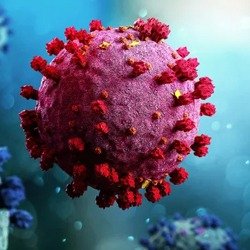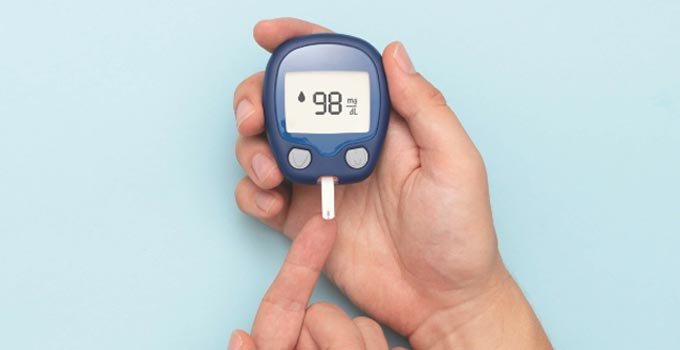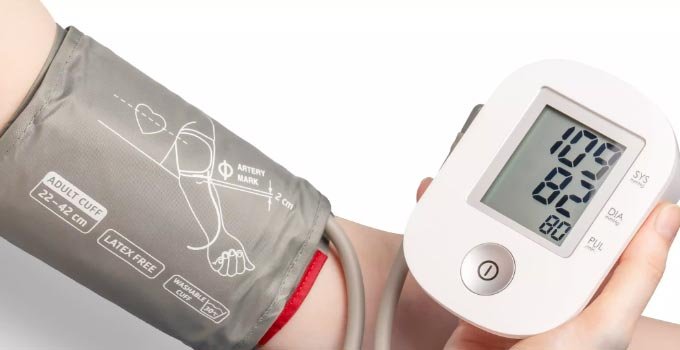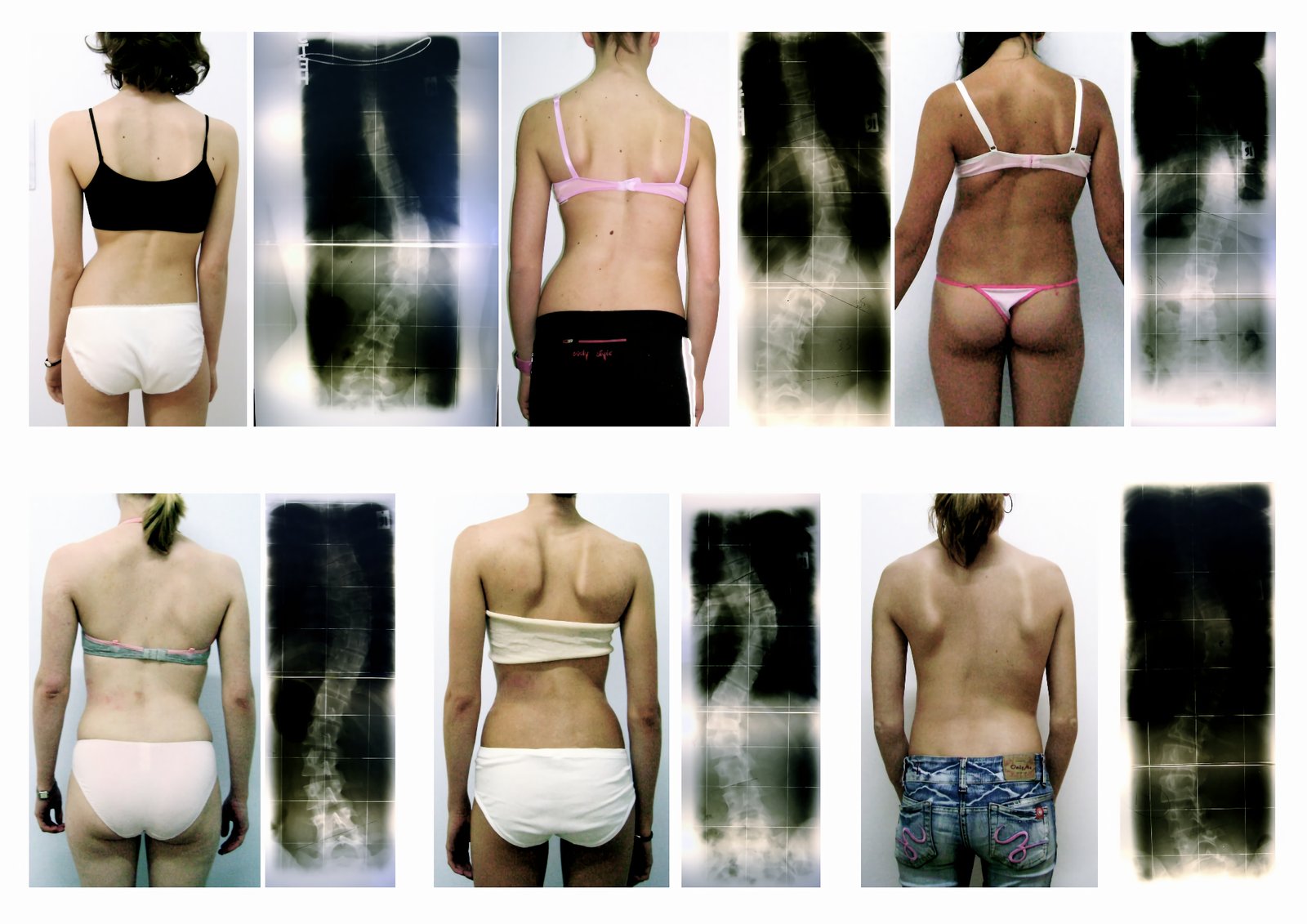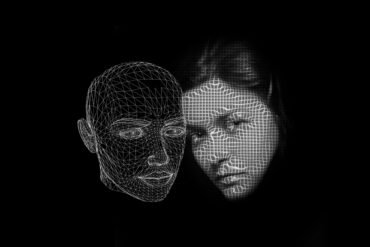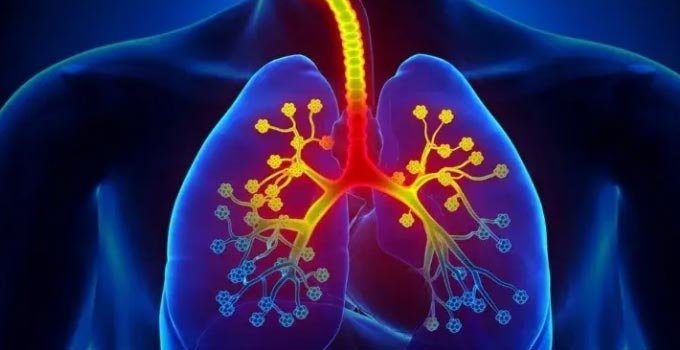Breast Cancer Awareness: Early Detection and Prevention

Table of Contents
Understanding Breast Cancer: Overview and Risk Factors
Breast cancer is a type of cancer that forms in the cells of the breast. It is the most common cancer among women worldwide, accounting for nearly one in four cancer cases in women. Although it predominantly affects women, men can also develop this disease, although it is much rarer. Risk factors play a significant role in the development of breast cancer. While some risk factors are beyond our control, such as age and genetics, there are several lifestyle and environmental factors that we can modify to reduce our risk. Here are some important risk factors to consider:
- Gender and Age: Being a woman and advancing in age are the most significant risk factors for breast cancer. The risk increases as a woman gets older, with the majority of cases diagnosed in women over 50.
- Family History and Genetics: Having a close relative, such as a mother, sister, or daughter, who has been diagnosed with breast cancer, increases the risk. Certain gene mutations, such as BRCA1 and BRCA2, also elevate the risk.
- Hormones: Prolonged exposure to estrogen is linked to an increased risk. This includes early menstruation (before age 12), late menopause (after age 55), and hormone replacement therapy.
- Reproductive Factors: Women who have never had children or had their first child after the age of 30 have a slightly higher risk of developing breast cancer.
- Lifestyle Factors: Obesity, excessive alcohol consumption, smoking, and a sedentary lifestyle can contribute to an increased risk of breast cancer.
Early detection and prevention are crucial in the fight against breast cancer. Regular breast self-exams, clinical breast exams, and mammograms are essential for detecting any abnormalities early on. It is recommended that women begin regular mammograms at the age of 40, or earlier if they have a higher risk due to family history or genetic factors. Additionally, adopting a healthy lifestyle can help reduce the risk of breast cancer. Maintaining a healthy weight, engaging in regular physical activity, limiting alcohol consumption, and avoiding smoking are all beneficial in preventing not only breast cancer but also other types of cancer. In conclusion, understanding the overview and risk factors associated with breast cancer is vital for early detection and prevention. By being aware of the risk factors and making positive lifestyle choices, we can significantly reduce the chances of developing this disease and improve overall breast health.
nbsp;
The Importance of Regular Self-Exams
Breast cancer is one of the leading causes of cancer-related deaths among women worldwide. However, early detection significantly increases the chances of successful treatment and survival. Regular self-exams are a crucial component of breast cancer awareness and prevention. By familiarizing yourself with your breasts and noticing any changes, you play an active role in your own health and can detect potential issues early on.
Here are some reasons why regular self-exams are so important:
- Early Detection: Regular self-exams allow you to become familiar with the normal appearance and feel of your breasts. By examining yourself monthly, you can quickly identify any changes that may occur. These changes might include the development of lumps, skin dimpling, nipple discharge, or redness. Detecting these changes early can lead to earlier diagnosis and a better chance of successful treatment.
- Empowerment: Performing self-exams empowers women to take an active role in their own breast health. By regularly checking your breasts, you become more familiar with what is normal for you, making it easier to identify any abnormalities. This knowledge gives you the confidence to discuss any concerns with your healthcare provider promptly.
- Peace of Mind: Self-exams provide peace of mind by reassuring you that everything is normal. If you consistently perform self-exams and notice no changes, it can alleviate anxiety about potential breast health concerns.
- Enhanced Communication: Regular self-exams can improve communication between you and your healthcare provider. If you notice any changes during your self-exam, you can promptly share this information with your doctor. This open dialogue allows for early evaluation and appropriate diagnostic testing if necessary.
- Supplement to Other Screening Methods: Self-exams should not replace other breast cancer screening methods, such as mammograms or clinical breast exams. Instead, they serve as an additional tool for early detection. Combining self-exams with regular screenings can significantly improve the chances of detecting breast cancer at an early stage.
Remember, self-exams are not a substitute for professional medical advice or screening tests. They are a proactive step you can take to become more aware of your own breast health. If you notice any changes or have concerns during your self-exam, it is essential to seek medical attention promptly. Early detection through regular self-exams and screenings is key to reducing the impact of breast cancer on your life.
Diagnostic Tests: Mammography and Beyond
When it comes to early detection and prevention of breast cancer, diagnostic tests play a crucial role. One of the most commonly used tests is mammography, which involves taking X-ray images of the breast tissue. Mammograms can help detect breast cancer in its early stages, often before any symptoms are present.
However, mammography is not the only diagnostic test available. Here are a few other tests that can aid in the early detection of breast cancer:
- Ultrasound: This non-invasive test uses sound waves to create images of the breast tissue. It can help determine whether a lump is solid or filled with fluid, providing additional information for diagnosis.
- Magnetic Resonance Imaging (MRI): An MRI uses powerful magnets and radio waves to create detailed images of the breast. It is often used in conjunction with mammography for women with a high risk of breast cancer or those with dense breast tissue.
- Biopsy: A biopsy is the only definitive way to diagnose breast cancer. It involves removing a small sample of tissue from the breast for examination under a microscope. There are different types of biopsies, including needle biopsies and surgical biopsies.
It is important to note that these tests may be used in combination or individually, depending on the specific situation and the recommendations of healthcare professionals. Regular screening and diagnostic tests are essential for early detection, as they can increase the chances of successful treatment and improved outcomes.
Early detection not only allows for timely treatment but also offers the possibility of less invasive treatment options. It provides women with more choices and a better chance of preserving their breast health. Therefore, it is vital for women to be aware of the importance of regular screenings and to consult with their healthcare providers about the appropriate tests based on their risk factors and age.
Remember, early detection saves lives. By staying informed and proactive, we can increase our chances of detecting breast cancer in its early stages, when it is most treatable. Schedule your regular screenings and discuss any concerns or symptoms with your healthcare provider.
Lifestyle Choices to Reduce Breast Cancer Risk
While there is no surefire way to prevent breast cancer, certain lifestyle choices can significantly reduce your risk. Incorporating these habits into your daily routine can help you maintain overall health and well-being, while also lowering the chances of developing breast cancer.
- Maintain a Healthy Weight: Obesity and excess weight have been linked to an increased risk of breast cancer, especially after menopause. Engage in regular physical activity and follow a balanced diet to achieve and maintain a healthy weight.
- Stay Physically Active: Regular exercise not only helps maintain a healthy weight but also lowers the risk of developing breast cancer. Aim for at least 150 minutes of moderate-intensity exercise or 75 minutes of vigorous exercise per week.
- Limit Alcohol Consumption: Alcohol intake has been associated with an increased risk of breast cancer. If you choose to drink, limit your alcohol consumption to one drink per day or less.
- Avoid Smoking: Smoking is harmful to overall health and has been linked to various types of cancer, including breast cancer. Quitting smoking or avoiding it altogether can significantly decrease your risk.
- Eat a Healthy Diet: A nutritious diet rich in fruits, vegetables, whole grains, lean proteins, and healthy fats can help reduce the risk of breast cancer. Include a variety of colorful fruits and vegetables in your meals to ensure you receive essential vitamins and minerals.
- Breastfeed, if possible: Breastfeeding offers numerous benefits for both the mother and the baby. Women who breastfeed for a longer duration have a lower risk of developing breast cancer.
- Limit Hormone Therapy: Hormone therapy, especially combined estrogen and progestin, can increase the risk of breast cancer. Discuss the possible risks and benefits of hormone therapy with your healthcare provider before starting or continuing any treatment.
- Know Your Family History: Be aware of your family history of breast cancer and inform your healthcare provider. If you have a family history of the disease, your doctor may recommend additional screening or genetic testing.
Remember, while these lifestyle choices can help reduce your risk of breast cancer, they do not guarantee prevention. Regular screenings, such as mammograms, clinical breast exams, and self-exams, are crucial for early detection. Stay informed, practice self-care, and consult with your healthcare provider to develop a personalized breast cancer prevention plan.
Promoting Breast Cancer Awareness: Education and Support
Early detection and prevention are crucial in the fight against breast cancer. By promoting breast cancer awareness, we can empower individuals to take control of their health and reduce the impact of this disease. Education and support play a significant role in achieving this goal.
Here are some ways to promote breast cancer awareness through education and support:
- Community Workshops and Seminars: Organize educational workshops and seminars to provide information on breast cancer detection, prevention, and treatment options. These events can bring together healthcare professionals, survivors, and individuals from the community to share knowledge and experiences.
- Informational Campaigns: Launch campaigns through various channels, such as websites, social media, and print media, to disseminate accurate information about breast cancer. These campaigns can focus on risk factors, self-examination techniques, and the importance of regular screenings.
- Support Groups: Create or partner with existing support groups where individuals affected by breast cancer can connect with others facing similar challenges. These groups provide emotional support, information sharing, and a safe space to express concerns and fears.
- Collaboration with Healthcare Professionals: Work closely with healthcare providers to ensure accurate and up-to-date information is shared with the community. Collaboration can involve organizing health fairs, offering free screenings, and providing access to resources like brochures or online materials.
- Engaging Schools and Workplaces: Collaborate with educational institutions and workplaces to promote breast cancer awareness. This can include distributing educational materials, organizing awareness events, and encouraging participation in fundraising activities for breast cancer research.
By actively promoting breast cancer awareness through education and support, we can increase early detection rates, encourage healthier lifestyles, and ultimately save lives. Remember, knowledge is power, and together, we can make a difference in the fight against breast cancer.

